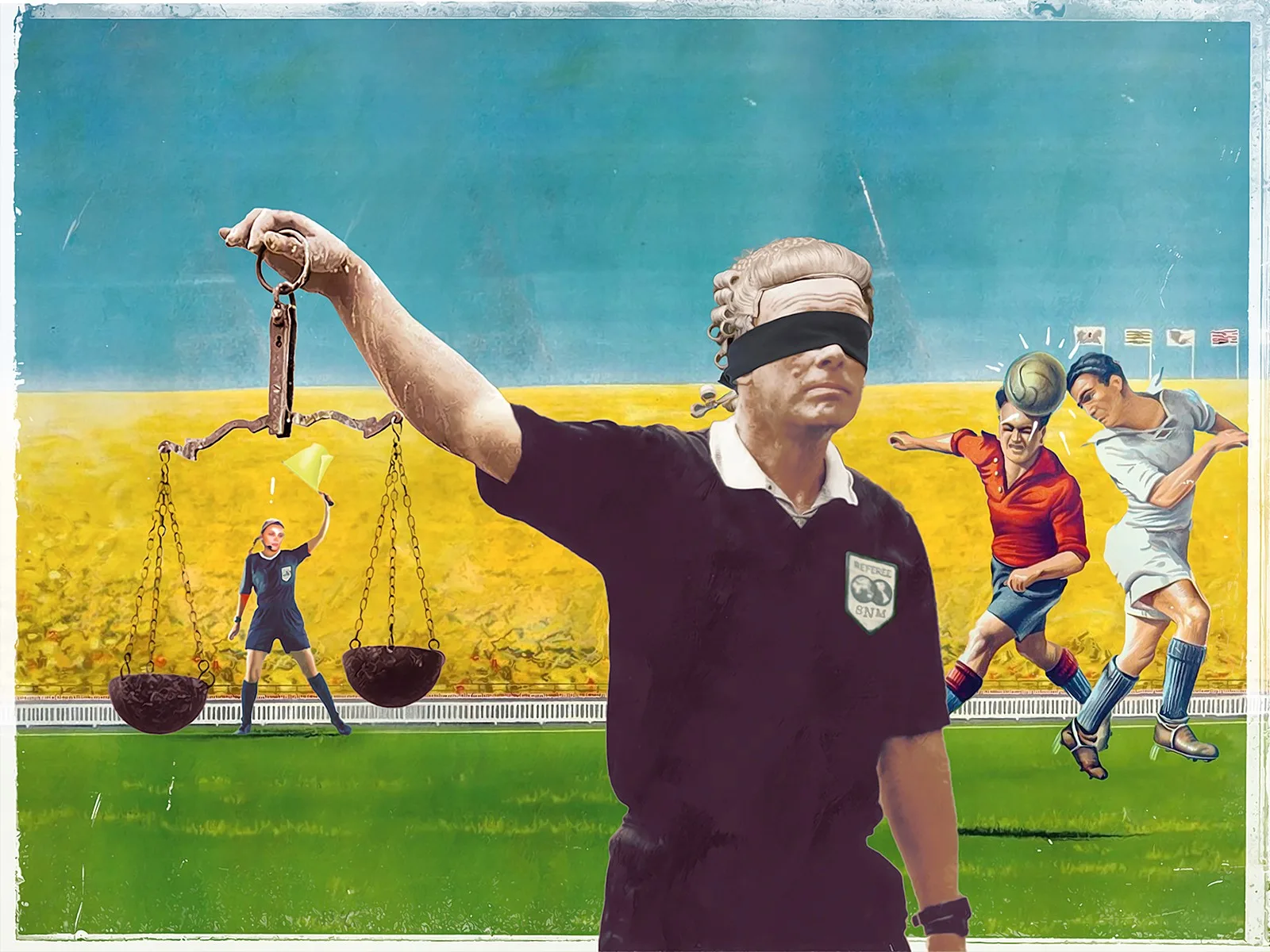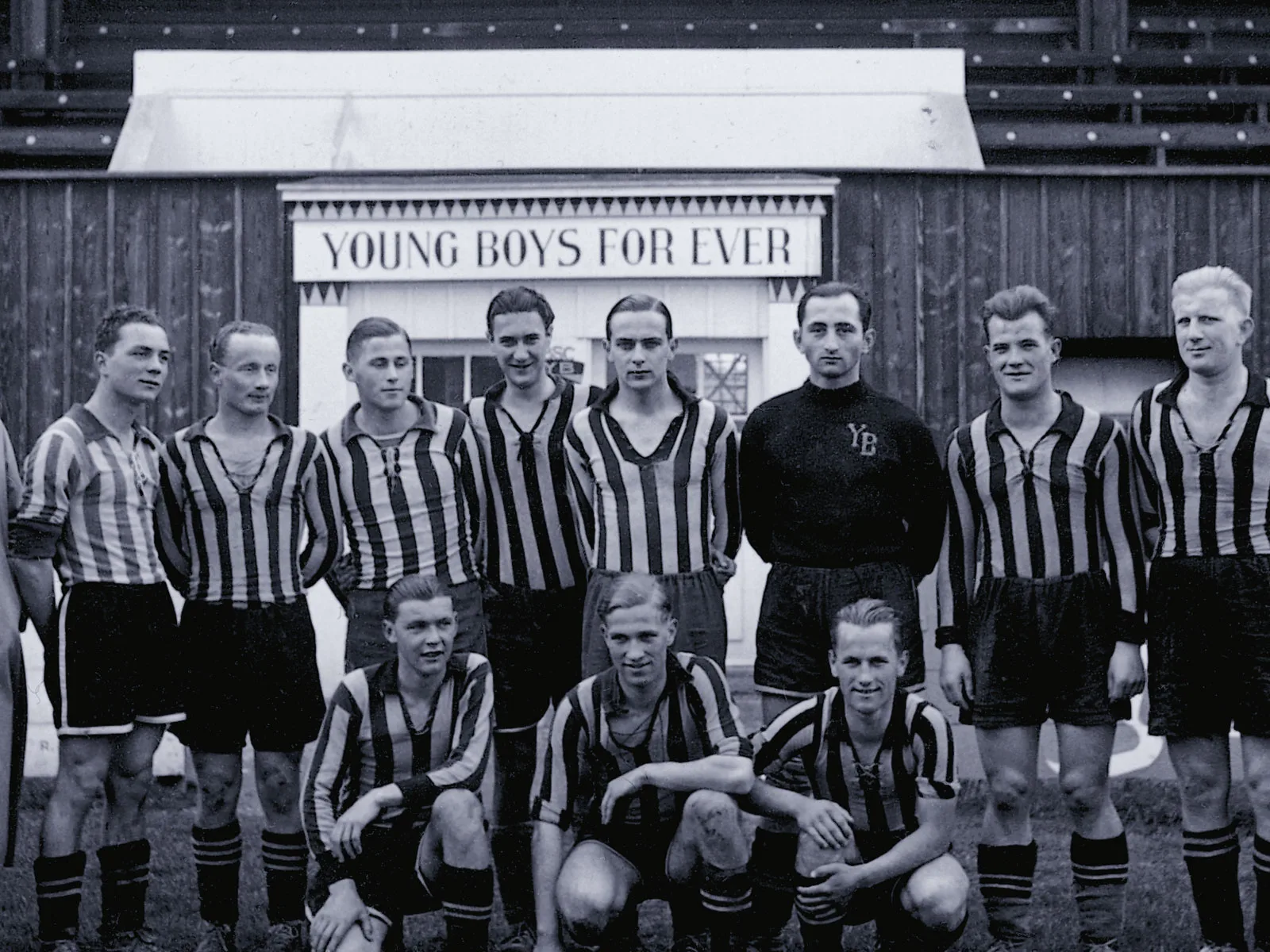
Wheel to wheel
Highs and lows are part of everyday life in Swiss cycling – both figuratively and literally. The sport of cycling can look back on a history filled with anecdotes.
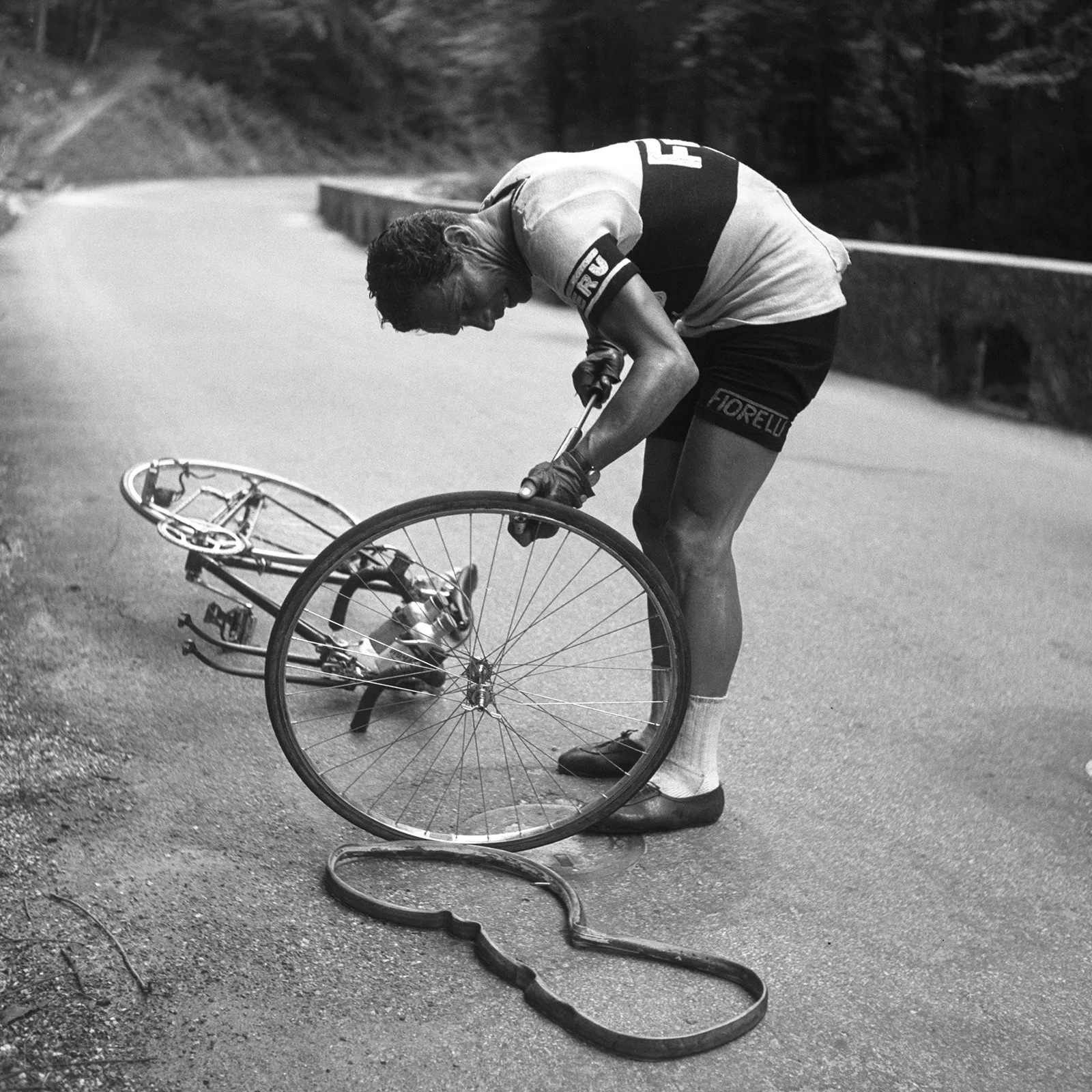
The K and K duel

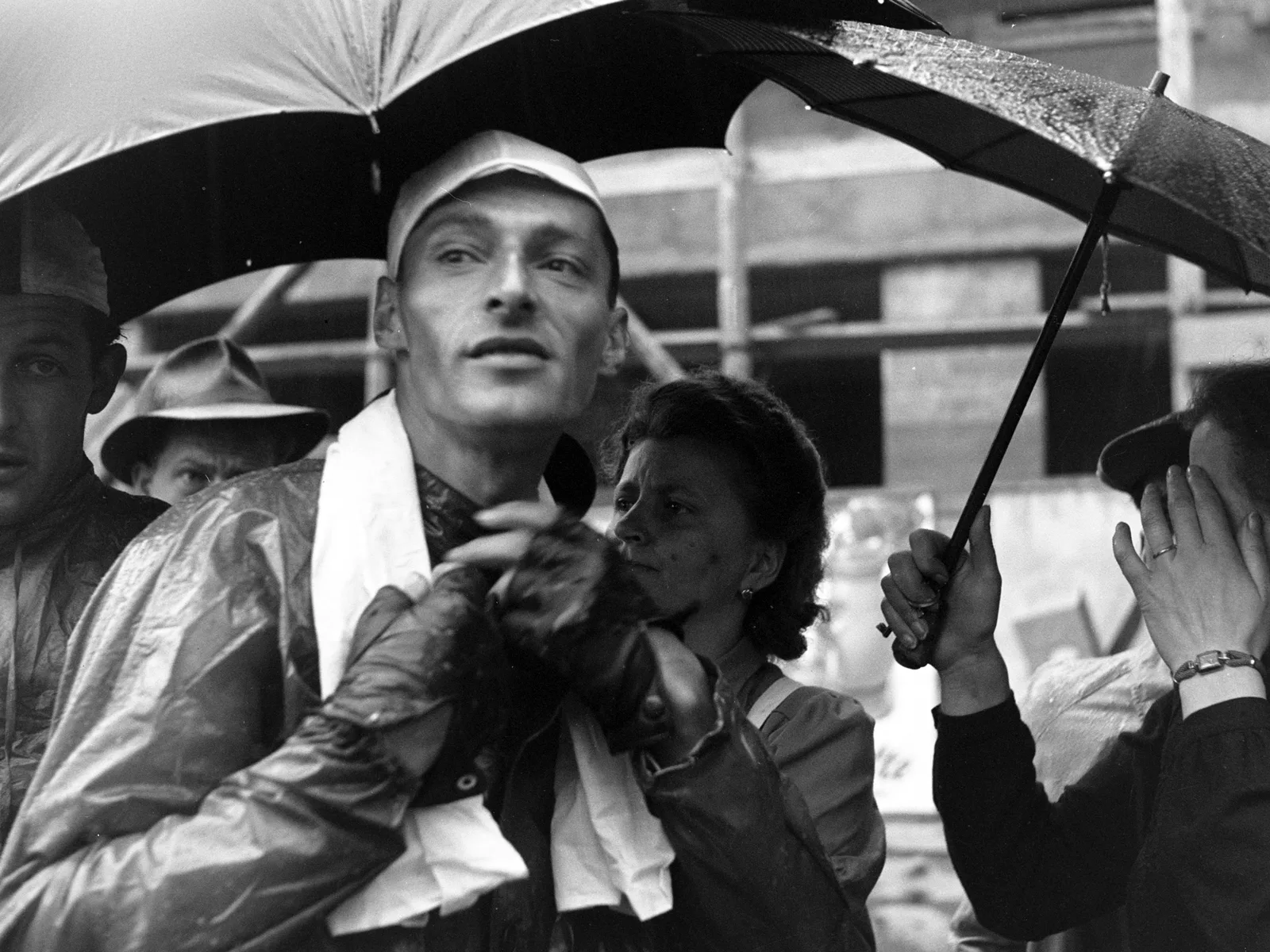
Siesta on the Simplon Pass
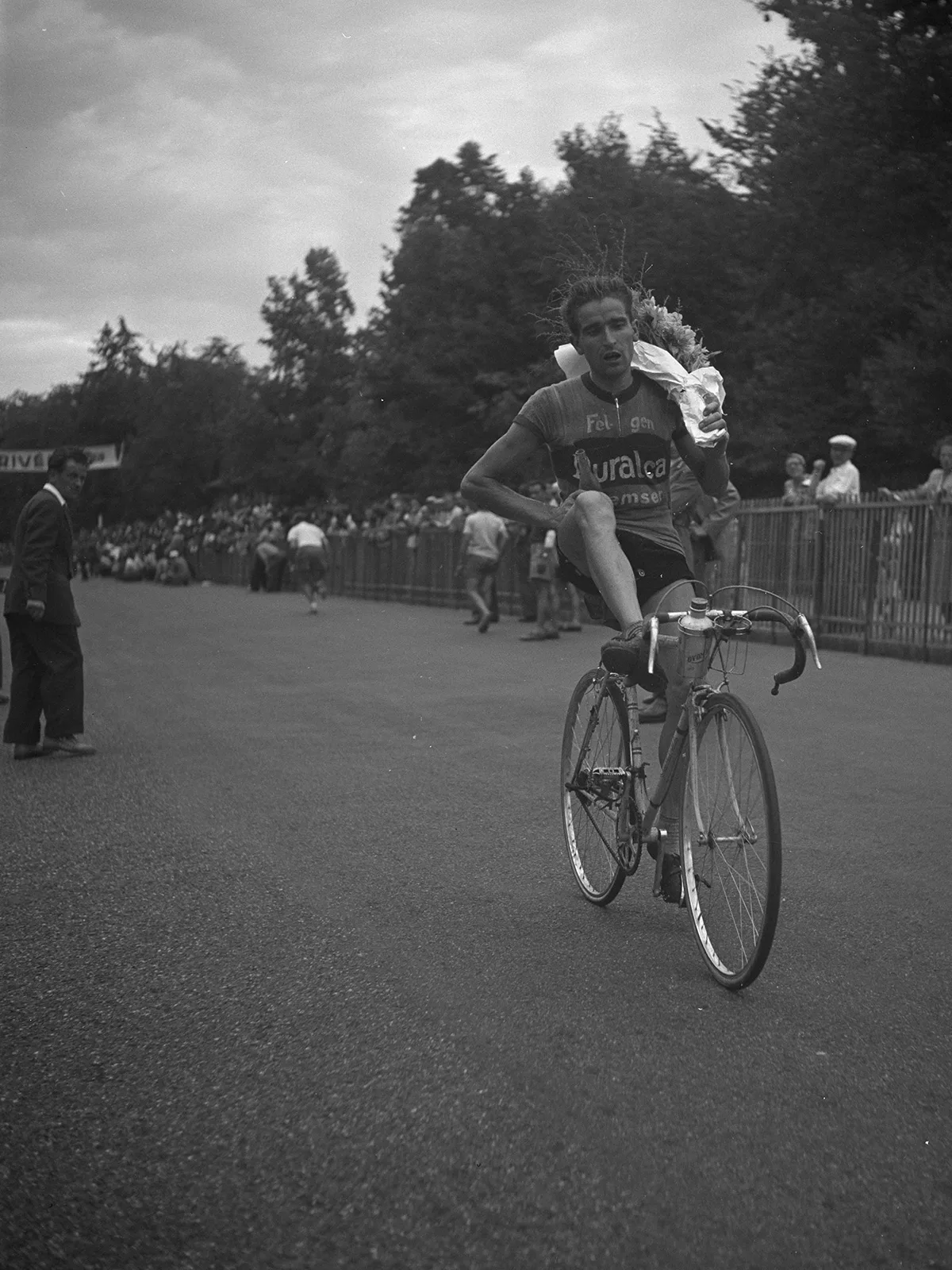
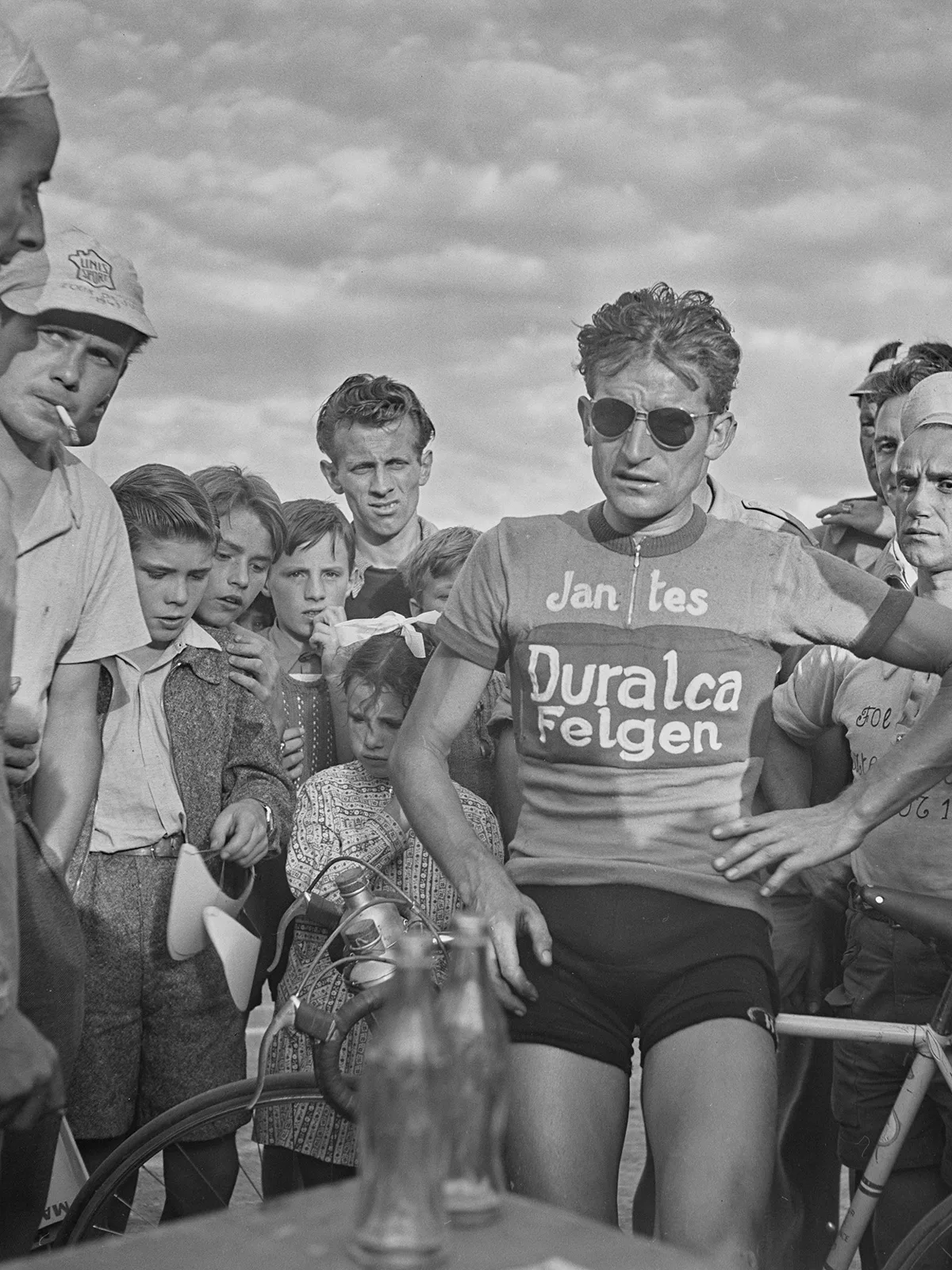
André Brulé after crossing the finish line at the end of the 350-kilometre stage on 2 August 1949. Swiss National Museum / ASL

